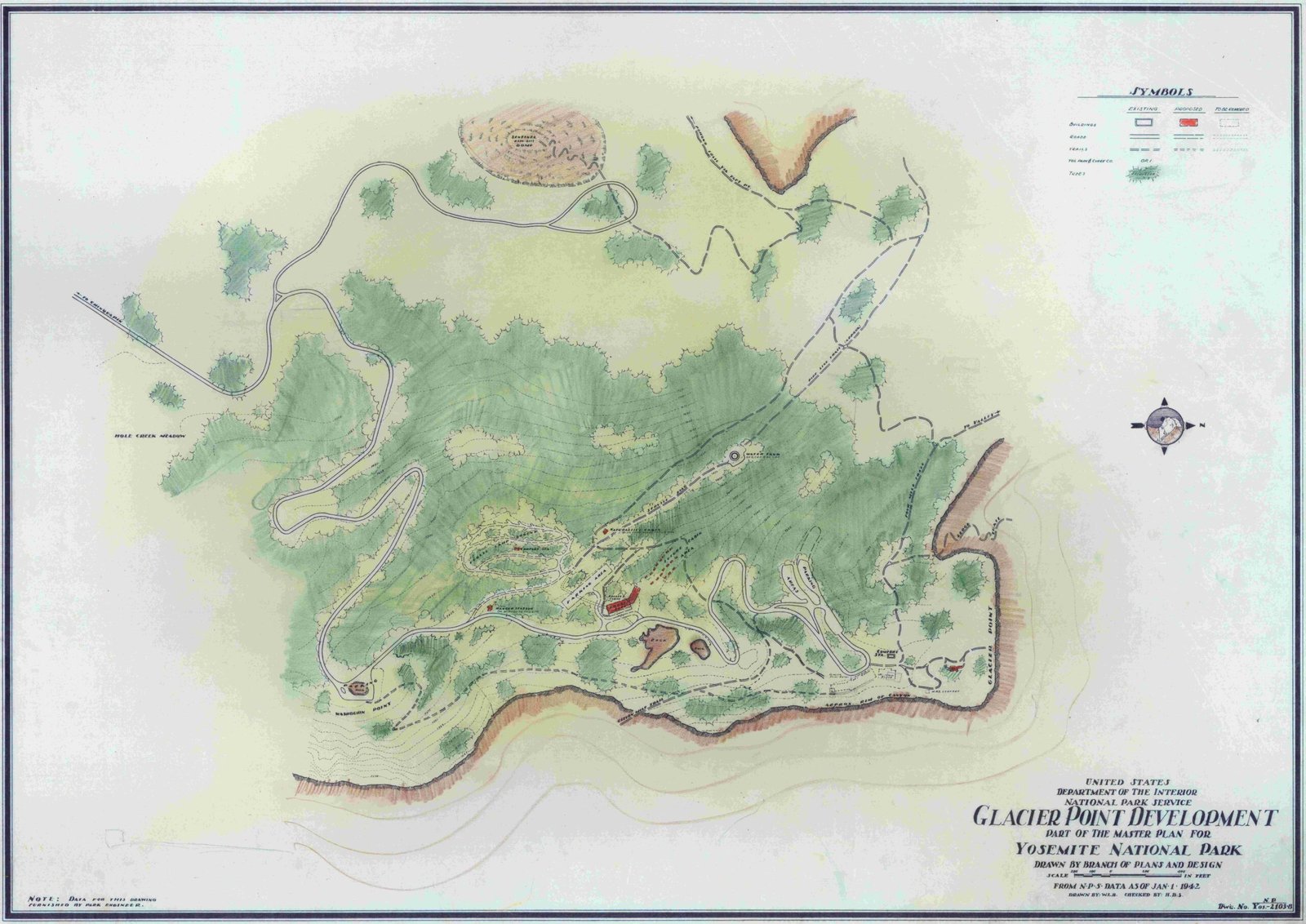The Cedar Trail in Glacier National Park, also known as the Trail of the Cedars, is a short, accessible loop that showcases the park’s lush old-growth forest. This 0.7 to 1.0-mile trail features ancient western red cedars and western hemlocks, some over 500 years old. Located near Lake McDonald, it offers a wheelchair-accessible boardwalk, interpretive signs, and a footbridge over Avalanche Creek. The trail’s gentle terrain and rich ecosystem make it a popular choice for visitors of all abilities seeking to experience Glacier’s diverse landscapes.
What Makes the Cedar Trail Unique in Glacier National Park?

The Cedar Trail stands out in Glacier National Park for several reasons:
- Accessibility: It’s one of the few wheelchair-accessible trails in the park.
- Ancient Forest: Home to centuries-old western red cedars and hemlocks.
- Scenic Beauty: Offers views of Avalanche Creek and its gorge.
- Educational Value: Features interpretive signs about the forest ecosystem.
- Quick Experience: Can be completed in about an hour, fitting easily into a day’s itinerary.
Where Is the Cedar Trail Located and How Long Is It?

The Cedar Trail in Glacier National Park is strategically located:
- Trailhead Location: About 5.5 miles east of Lake McDonald Lodge along the Going-to-the-Sun Road.
- Accessibility: Also reachable from the Avalanche Creek area and Avalanche Campground Ranger Station.
- Trail Length: Approximately 0.7 to 1.0 mile loop.
- Elevation Gain: Negligible, ranging from 0 to 60 feet.
This short loop trail is perfect for those looking for a quick nature immersion without committing to a long hike.
What Types of Trees Can You See on the Cedar Trail?
The Cedar Trail is renowned for its impressive old-growth forest. Visitors can expect to see:
- Western Red Cedars
- Height: Up to 100 feet
- Diameter: 4 to 7 feet
- Age: Some over 500 years old
-
Characteristics: Aromatic wood, conical shape, drooping branches
-
Western Hemlocks
- Characteristics: Short, flat needles, drooping branch tips
- Habitat Preference: Shaded, moist areas
These ancient trees create a cathedral-like atmosphere, with their towering presence and the filtered sunlight creating a magical forest experience.
How Accessible Is the Cedar Trail for Different Visitors?
The Cedar Trail is designed to be accessible to a wide range of visitors:
- Trail Surface: Combination of paved path and raised boardwalk
- Width: Accommodates wheelchairs and strollers
- Slope: Minimal to no significant slope
- Amenities:
- Interpretive signs
- Benches for resting
- Footbridge over Avalanche Creek
This level of accessibility ensures that visitors with varying mobility levels can enjoy the beauty of Glacier National Park’s old-growth forest.
What Are the Best Times to Visit the Cedar Trail?
The ideal time to visit the Cedar Trail depends on several factors:
| Season | Pros | Cons |
|---|---|---|
| Summer (July-August) | – Peak accessibility – Warm weather – All facilities open |
– Crowded – Limited parking |
| Fall (September-October) | – Fall colors – Fewer crowds |
– Cooler weather – Possible early snow |
| Spring (May-June) | – Wildflowers – Rushing creek |
– Possible trail closures – Unpredictable weather |
| Winter (November-April) | – Serene snow-covered landscape | – Limited accessibility – Cold temperatures |
Note: The Going-to-the-Sun Road, which leads to the trailhead, is typically open from early July to mid-October, depending on weather conditions.
What Should Visitors Prepare for When Hiking the Cedar Trail?
To ensure a comfortable and enjoyable experience on the Cedar Trail, visitors should consider the following preparations:
- Footwear: Comfortable walking shoes or hiking boots
- Clothing: Layers for variable weather conditions
- Hydration: Water bottle
- Snacks: Light refreshments for energy
- Camera: To capture the scenic views and unique forest atmosphere
- Insect Repellent: Especially during summer months
- Sun Protection: Sunscreen and hat, even though the trail is mostly shaded
- Trail Map: Available at park visitor centers
Remember to check current trail conditions and weather forecasts before your visit, as these can impact your experience on the Cedar Trail.
How Does the Cedar Trail Contribute to Glacier National Park’s Ecosystem?
The Cedar Trail plays a crucial role in Glacier National Park’s ecosystem:
- Biodiversity Showcase:
- Displays diverse plant and animal species
-
Hosts a unique microclimate supporting rare plants
-
Water Resource:
- Avalanche Creek provides essential habitat for aquatic life
-
Demonstrates the importance of water in forest ecosystems
-
Carbon Storage:
- Old-growth trees act as significant carbon sinks
-
Help mitigate climate change impacts
-
Wildlife Habitat:
- Provides shelter and food for various animal species
-
Serves as a corridor for wildlife movement
-
Educational Value:
- Offers visitors insights into forest ecology
- Raises awareness about conservation and environmental protection
By preserving this ancient forest, the Cedar Trail helps maintain the ecological balance of Glacier National Park and provides valuable educational opportunities for visitors.
What Are Some Interesting Facts About the Cedar Trail’s History?
The Cedar Trail has a rich history intertwined with Glacier National Park:
- Native American Heritage:
- Area traditionally used by indigenous peoples for centuries
-
Cedar trees held spiritual and practical significance
-
Park Establishment:
-
Became part of Glacier National Park when it was established in 1910
-
Trail Development:
- Originally created to showcase the park’s unique forest ecosystem
-
Boardwalk added later to improve accessibility and protect the environment
-
Conservation Efforts:
- Represents ongoing efforts to preserve old-growth forests in the park
-
Demonstrates the park’s commitment to balancing preservation and public access
-
Climate Change Indicator:
- Changes in the forest over time serve as indicators of climate change impacts
- Provides valuable data for scientific research and environmental monitoring
Understanding the history of the Cedar Trail enhances visitors’ appreciation of its significance within Glacier National Park and the broader context of conservation efforts in the United States.